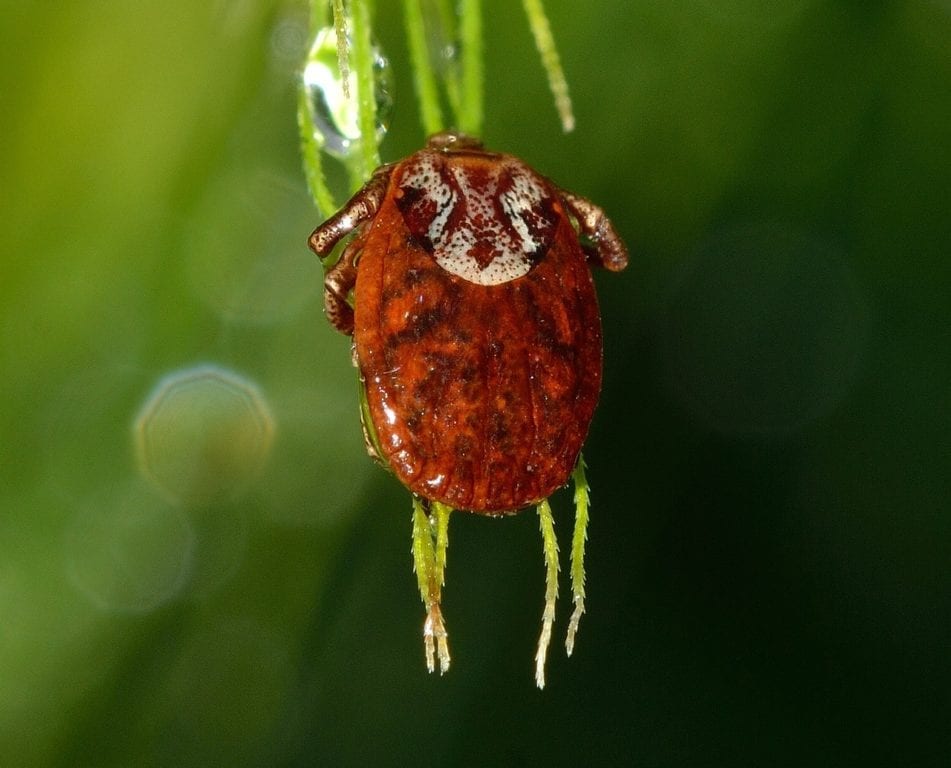A popular landscaping bush may be a major culprit in the spread of Lyme disease according to one story.
The Japanese barberry plant (Berberis thunbergii) is a small invasive shrub that has been popular in both commercial and residential landscaping projects. The Japanese Barberry is very popular because its features are attractive to many property owners who want low maintenance plants in their landscaping.
BAD FOR BIODIVERSITY …
Unfortunately, Japanese barberry is not very tasty to deer and other herbivores, and when they are introduced to an area, they usually take over the underbrush and limit biodiversity. 20 states have declared the Japanese Barberry an “invasive species.” They have a negative impact on the ecosystem and threaten native species in every area where they have spread.
… EVEN WORSE FOR PUBLIC HEALTH
Not only does it spread like wildfire and limit competition from native species, the Japanese barberry plant also finds itself in the crosshairs of the fight against Lyme disease. The deer tick loves the relative warmth and humidity in the understory of the Japanese Barberry– the same deer tick that’s responsible for the spread of Lyme disease in the United States.
Heavily concentrated in U.S. northeast and great lakes regions, the Japanese barberry have increasingly come under scientific scrutiny for their role in the ever expanding epidemic of Lyme disease. Dr. Scott Williams from University of Connecticut is an expert on the Japanese barberry, which he refers to as the “perfect ecological storm” for illnesses caused by ticks. Williams and his team have been conducting a study examining the relationship between the bushes, tick populations and disease.
”When we measure the presence of ticks carrying the Lyme spirochete we find 120 infected ticks where Barberry is not contained, 40 ticks per acre where Barberry is contained, and only 10 infected ticks where
there is no Barberry.”
— Scott Williams, study author
Not surprisingly, Williams and his colleagues found out the more dense areas with Japanese barberry have more ticks with disease. Common carriers of the bacteria (Berberis thunbergii) are white-footed mice, which love to hide in the thorny, dense branches of the bush. The mouse is responsible for transmission to the ticks, who in turn are responsible for infecting humans.
Many arborists and public health officials are allies in their battle against the Japanese barberry. Arborists suggest that homeowners make educated choices about the selection of plants and shrubs they put choose for their landscaping projects. Property owners should be educated and vigilant if they should spot this invasive species from taking hold in an area. Now due to studies like those mentioned above, it’s clear that the ecological implications of this shrub are a matter of public health.






